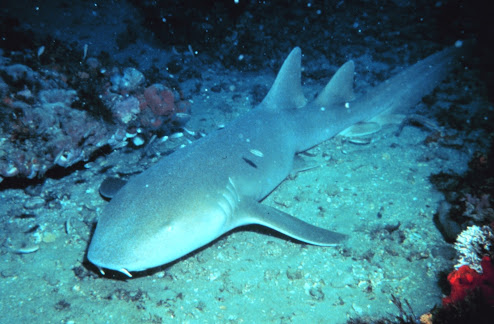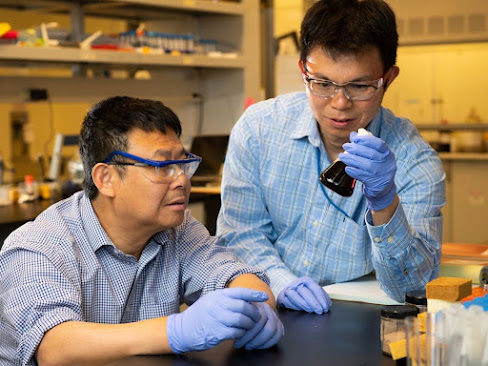 |
| Today, the Salton Sea occupies a fraction of the area once covered by Lake Cahuilla. Photo: Susanne Clara Bard. |
Today, the Salton Sea is an eerie place. Its mirror-like surface belies the toxic stew within. Fish skeletons line its shores and the ruins of a once thriving vacation playground is a reminder of better days.
But long before agricultural runoff bespoiled the Salton Sea, the lakebed it now occupies was home to a much larger body of water known as Lake Cahuilla. The lake was six times the size of the Salton Sea and once covered much of Mexicali, Imperial and Coachella valleys.
“It was a freshwater lake that was about 100 meters deep in its deepest part,” said San Diego State University emeritus professor of geology Tom Rockwell. “It extended from up near Palm Springs southward into Mexico, so it was a very extensive lake.”
Lake Cahuilla went through many cycles of filling and drying out over thousands of years. A new study by Rockwell and his colleagues used radiocarbon dating to determine the timing of the last seven periods of filling. The research sheds light on both the history of human occupation in the area and its seismic past.



.jpg)





































.jpg)
